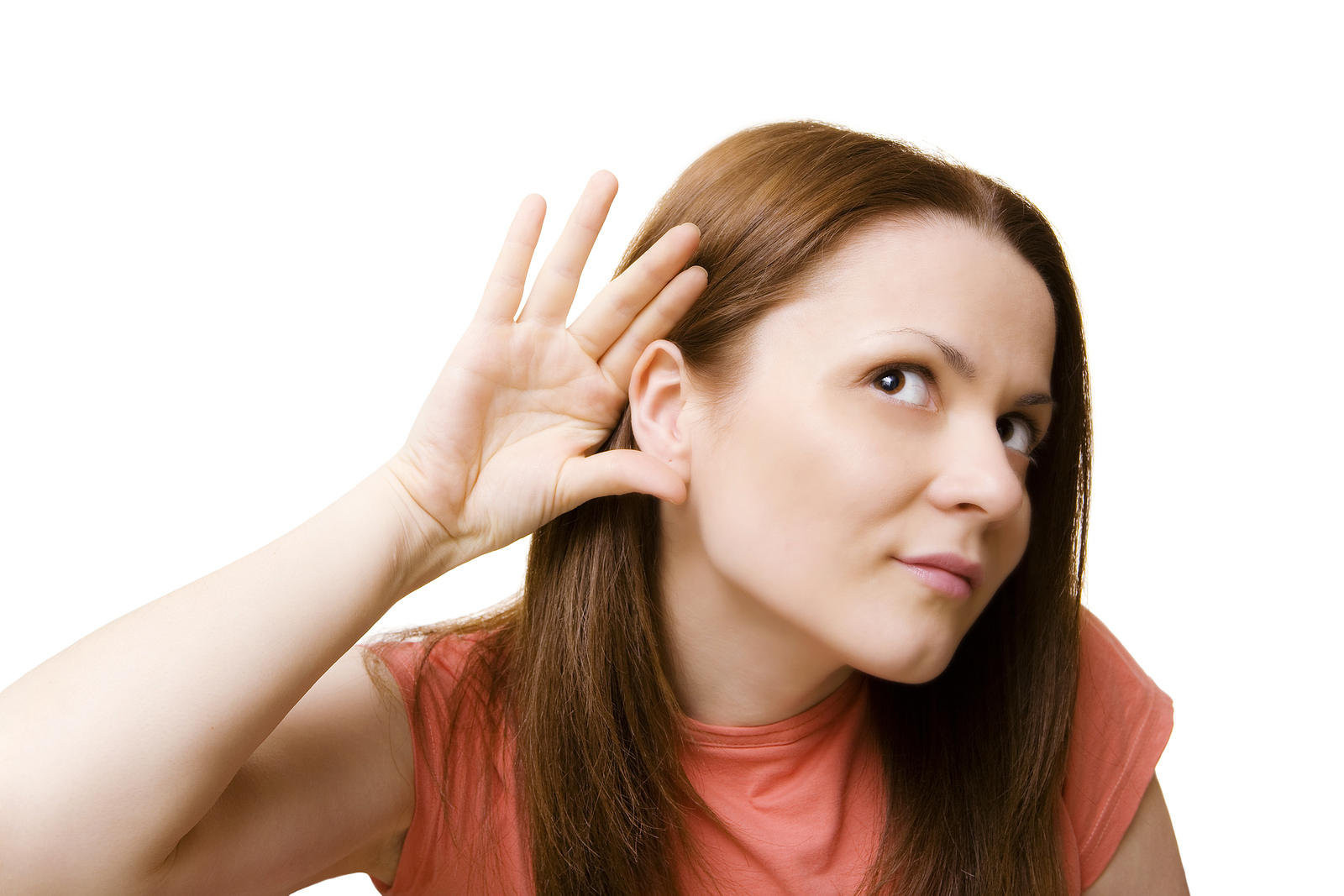
Noise-induced hearing loss (NIHL) is a type of permanent hearing loss that occurs when exposure to loud noise damages the inner ear. The damage can happen all at once, as in the case of a sudden loud noise, or over time, as with repeated exposure to lower-level noise. Once the inner ear is damaged, it cannot be repaired. NIHL can affect people of any age, but it is most common in adults over the age of 50.
Symptoms of NIHL include difficulty hearing high-pitched sounds, trouble understanding speech, and a feeling of fullness or pressure in the ears. In severe cases, NIHL can lead to complete deafness. NIHL is preventable by avoiding exposure to loud noise and wearing hearing protection in noisy environments. Early diagnosis and treatment are critical to preventing further damage and preserving as much hearing as possible.
Who does NIHL affect?
Anyone can be affected by NIHL, but it is most common in young adults and children. This is because their ears are still developing and are more susceptible to damage. NIHL is also a common problem for people who work in noisy environments, such as construction sites or factory floors.
What causes NIHL?
Noise-induced hearing loss occurs as a result of exposure to loud noise. Its onset may be sudden, or it can develop gradually over time. Either way, it can be permanent and irreversible. This is because loud noise damages the tiny hair cells in the inner ear. These hair cells are responsible for converting sound waves into electrical signals that are sent to the brain. After they sustain damage from intense sound, they cannot send these signals as efficiently, resulting in hearing loss. In addition, human hair cells do not regenerate; once they are destroyed, they are gone for good permanence and irreversibility of noise-induced hearing loss.
What are the symptoms of NIHL?
The symptoms of noise-induced hearing loss can vary depending on the severity of the damage, but they typically include a feeling of fullness in the ears, tinnitus (ringing in the ears), and difficulty hearing speech. In more severe cases, noise-induced hearing loss can lead to complete deafness. For example, intensely loud blasts of sound, such as explosions or gunshots, can rupture the eardrum or cause damage to the bones of the middle ear. The subsequent hearing loss is often instantaneous and permanent.
Is noise-induced hearing loss preventable?
Hearing loss is a growing problem in the United States, affecting millions of Americans of all ages. While some causes of hearing loss, such as age-induced deterioration or genetic factors, are beyond our control, noise-induced hearing loss is entirely preventable. Although NIHL is usually permanent, there are steps that we can all take to protect our hearing. When attending concerts or sporting events, for example, we can wear earplugs or noise-canceling headphones. We can also avoid listening to music at unsafe levels through headphones and be mindful of wearing appropriate ear protection when using power tools or other loud equipment. Ultimately, you can always distance yourself from dangerous noise levels by traveling away from the source whenever it isn’t possible to reduce them yourself.
Is there any new research conducted on NIHL?
The National Institute on Deafness and Other Communication Disorders (NIDCD) is committed to supporting research on the causes, diagnosis, treatment, and prevention of hearing loss. NIDCD-supported researchers have made significant progress in identifying the genes involved in hair-cell development and function. This knowledge is being used to examine possible new treatments for hearing loss. In addition, NIDCD-supported researchers are studying how noise exposure can damage hair cells and how this damage can be prevented.
Trust Your Hearing Health with Our Team!
When it comes to protecting the inner ear from damage, there may be more than meets the eye. In addition to the ear’s natural ability to absorb sound waves, researchers are now looking at the role of supporting cells in lessening the damage to sensory hair cells caused by exposure to loud noise. These cells appear to be capable of converting harmful vibrations into harmless ones, and they may also help to repair hair cells that have already been damaged.
While more research is needed, this new finding offers hope for a more effective way to protect the inner ear from noise-related damage. If you are ready to seek custom hearing protection devices or want to have an updated hearing test, we’re here to help! Contact us today to schedule a consultation.
